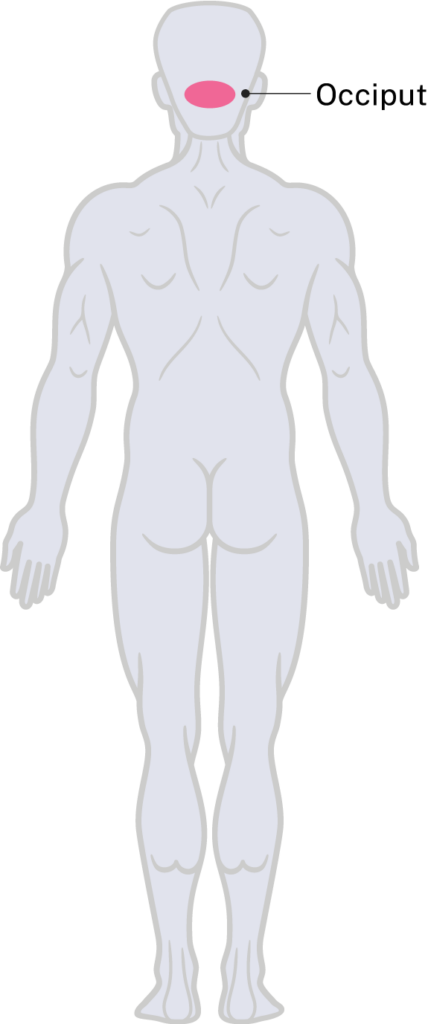Occiput
Specific risks
Immobility is the biggest contributing factor to the development of an occiput wound. It is likely to occur early after a spinal cord injury when the person may require log rolling with head support.
People with cervical-level injuries are at higher risk due to muscle weakness and poor head control which impairs the ability to offload the head.
Halo braces increase head weight and create a fixed positioning of the head and neck.
Hard collars can place pressure on the occiput.
Hair care is important to prevent pressure from hair matting and/or removing debris that may be present from the initial injury.
These areas should be assessed by palpating for ‘boggy’, soft, or tender areas.

Management of breakdown
- Foam sections with cut-outs can help offload the area.
- Wash the hair as soon as able post the spinal cord injury to clean the wound.
- Use an antibacterial wound care product to clean the wound and if able, apply a dressing. Trim hair around the site, if necessary.
- If able, place the person in side-lying for maximal offloading of the area.
Check out other pressure injury locations and learn how to manage them.